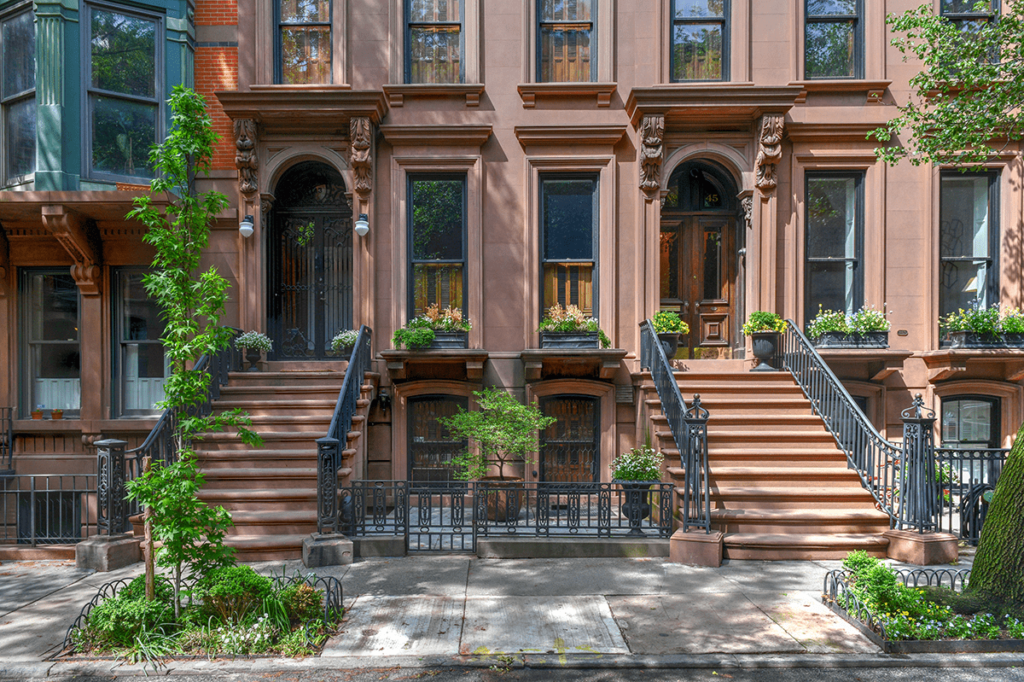Wall Sound Proofing in New York’s Historic Brownstones
Balancing Old-World Charm and Modern Wall Sound proofing Techniques in Brownstones
New York City\’s brownstones are architectural gems that evoke a sense of history and elegance. With their high ceilings, decorative moldings, and hardwood floors, they offer a resplendent living experience. However, that grandeur often comes at the price of auditory peace and need for wall noise reduction. Built for an era less cacophonous than our own, these buildings now struggle with poor sound insulation. One of the most effective solutions to this dilemma is wall sound proofing.
Wall Noise Reduction: Bridging History and Modernity
Wall sound proofing in brownstones is a complex undertaking. The challenge lies in finding a solution that respects the architectural integrity of these historical brick buildings while effectively blocking out noise. Unlike modern constructions where materials like acoustic drywall or mass-loaded vinyl can be readily used, wall noise reduction in brownstones requires a more nuanced approach. Options include soundproofing materials that can be custom-designed to match existing wall textures or even acoustic panels that can be artfully disguised to blend in with the building\’s historic charm.
Advanced Techniques: Decoupling and Multi-Layering
One of the most effective strategies for wall sound proofing in brownstones is the use of decoupling and multi-layering techniques. Decoupling involves creating an air gap between two layers of wall to prevent sound from easily traveling through. Adding multiple layers of soundproof materials with different densities can further enhance this effect, blocking a wider range of frequencies. This technique is particularly useful for those suffering from noise intrusions from neighboring apartments.
Electrical Considerations: Soundproof Boxes and Acoustical Caulk
Often overlooked in the wall sound proofing equation are electrical outlets and switches that can serve as conduits for noise. Creating soundproof boxes for electrical components can significantly reduce this type of noise transmission. Additionally, using acoustical caulk to seal gaps around outlets, windows, and doors can provide an extra layer of sound insulation, making your brownstone a quieter place to live.
The High Ceiling Conundrum
One feature that amplifies sound in brownstones is the high ceilings. While visually magnificent, these structures create an echo chamber, intensifying even minor noises like footsteps or conversations from adjacent units. Ceiling-based wall noise reduction methods, which might include hanging acoustic panels or ceiling clouds, can dampen these echoes without compromising the historical aesthetic of the home.
Hardwood Floors and Wall Sound Proofing
The hardwood floors in brownstones, while beautiful, are a bane for sound insulation. Sound travels through hardwood much more easily compared to carpet or other softer materials. Effective wall noise reduction, therefore, also has to extend to the floor. One option is to use rugs with a soundproofing underlay which not only adds to the room\’s decor but also significantly reduces noise transmission.
The Window to Wall Noise Reduction
Brownstones often have large, ornate windows that, unfortunately, let in a fair amount of street noise. Wall sound proofing measures need to consider these windows, and soundproofing curtains or even double-glazed windows can serve as effective countermeasures. This is a crucial part of wall noise reduction that many overlook, focusing solely on the walls themselves.
The Cost Factor in Wall Sound proofing
For many brownstone owners, the challenge of soundproofing a room extends beyond finding the right materials—it’s also a matter of cost. High-quality soundproofing materials and specialized labor to install them can be expensive. Grants, subsidies, or tax incentives for maintaining historical buildings could be extended to include wall sound proofing, but this is an avenue still underexplored by city planners.
Community and Wall Noise Reduction
Wall sound proofing in brownstones is not just an individual but a community challenge. Noise often travels through shared walls, making it essential for neighbors to collaborate on soundproof wall solutions. This cooperative endeavor could include sharing the costs and benefits of wall noise reduction materials or collectively hiring professionals for consultation and installation.
Conclusion: Wall Sound Proofing as a Crucial Amenity
In the end, wall sound proofing is not merely an amenity but a crucial aspect of modern living, especially in bustling areas like New York City. As brownstones continue to stand as testaments to architectural history, integrating effective noise reduction measures will ensure they remain livable sanctuaries amidst the urban noise. With meticulous planning and a nod to historical integrity, wall sound proofing can shield these treasured buildings from the auditory chaos of the city, adding another layer to their enduring appeal.

